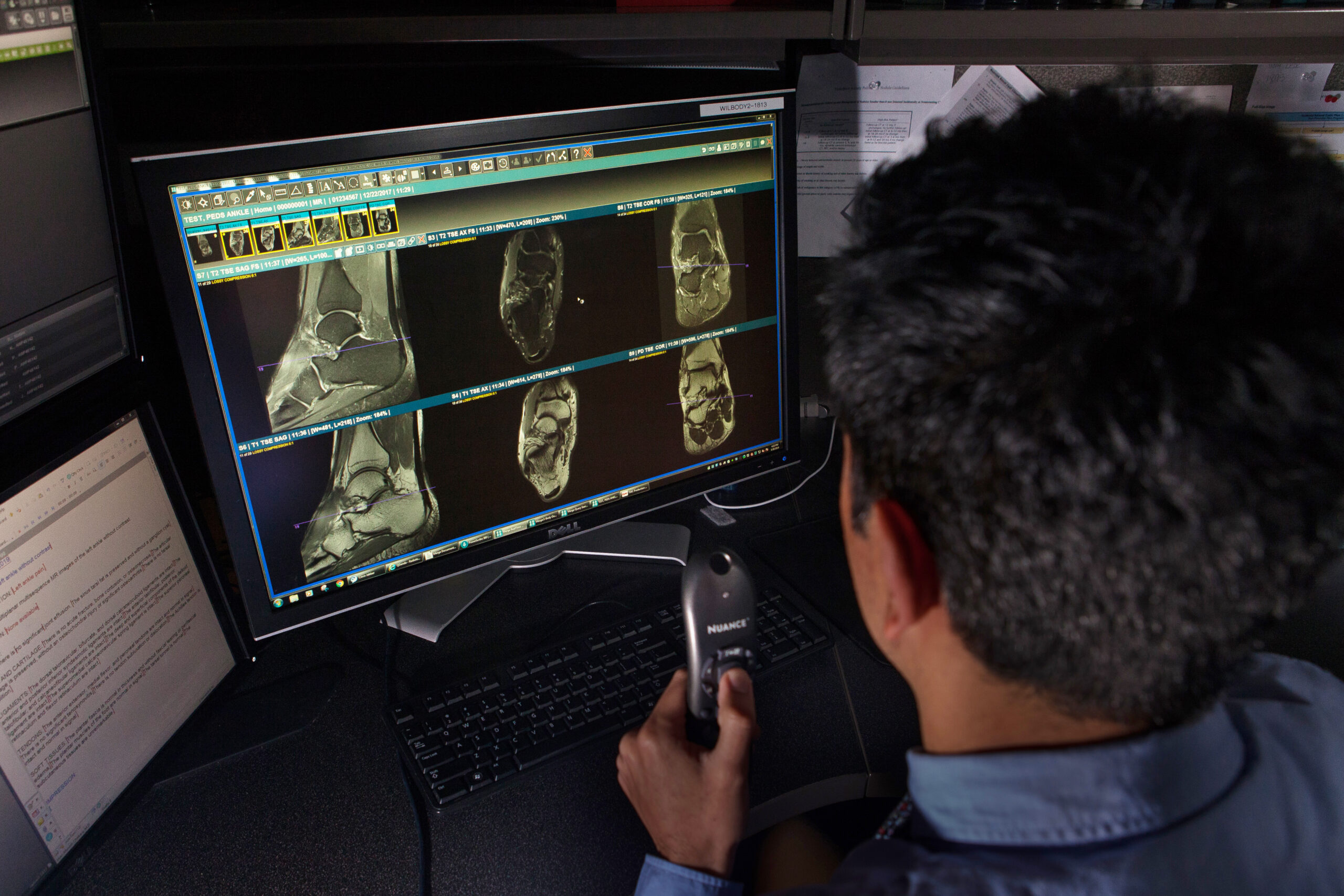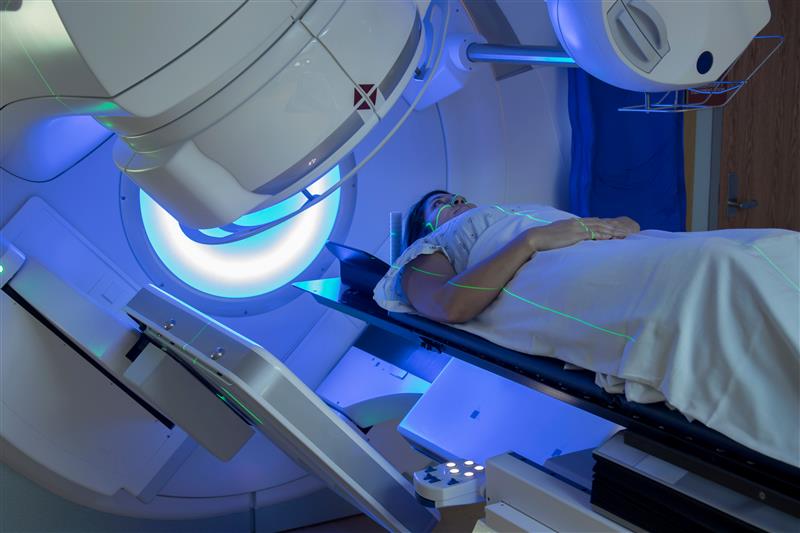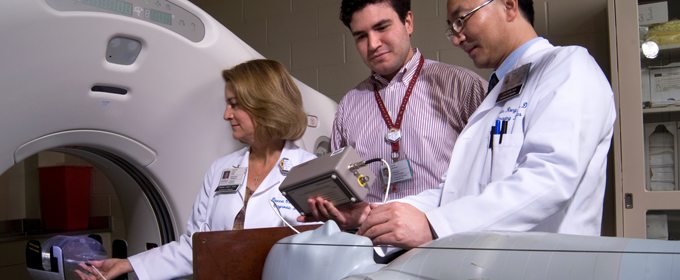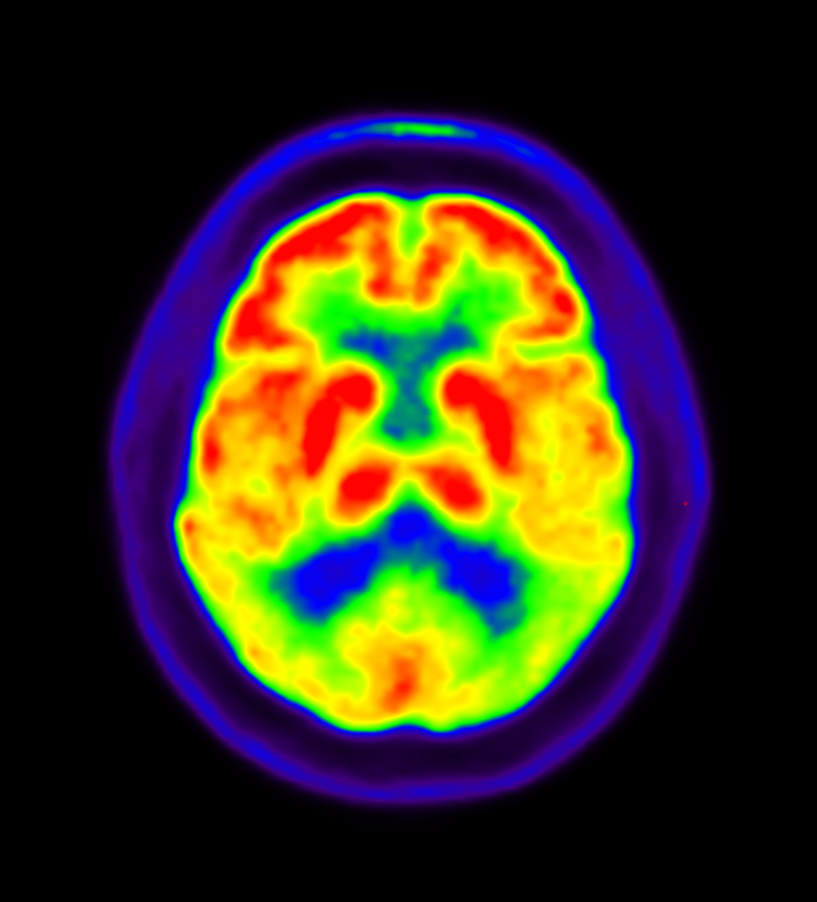Exam Dates and Information
Everything you need to know about ABR exams, including dates, remote testing information, scoring, and accommodations.
-
Whether you’re getting certified for the first time or maintaining your certification, you’ll find all the information you need to know about exams here. This section includes details about exam logistics, timelines, and more, so you can focus on what matters most: feeling confident and prepared.
Browse through our exam information using the links below.
Explore guidelines for ensuring a smooth remote testing experience, including recommendations for the ideal remote testing environment.
Understand how exams are scored and when to expect your results.
Accommodations and Special Requests
Find out what accommodations are available and how to request them.
Initial Certification Exam Fees
Learn about exam fees and how to submit your payment.
Exam Calendars
Stay up to date on upcoming exams and key dates.
- Diagnostic Radiology Exam Dates
- Interventional Radiology Exam Dates
- Medical Physics Exam Dates
- Radiation Oncology Exam Dates
Exam Guides
The following guides provide an overview of the process for each exam. They cover technical requirements, exam format, and what to expect on exam day.
Diagnostic Radiology and Interventional Radiology/Diagnostic Radiology
- Diagnostic Radiology and Interventional Radiology/Diagnostic Radiology Qualifying (Core) Exam Guide
- Diagnostic Radiology Certifying Exam Guide
- Interventional Radiology/Diagnostic Radiology Remote Oral Certifying Exam Guide
- Interventional Radiology/Diagnostic Radiology Remote Computer-based Certifying Exam Guide
- Diagnostic Radiology and Interventional Radiology/Diagnostic Radiology Subspecialty Exam Guide (Neuroradiology, Nuclear Radiology, Pediatric Radiology)
Medical Physics
Radiation Oncology
- Radiation Oncology Remote Qualifying Exam Guide
- Radiation Oncology Remote Oral Certifying Exam Guide
Continuing Certification (all disciplines)





